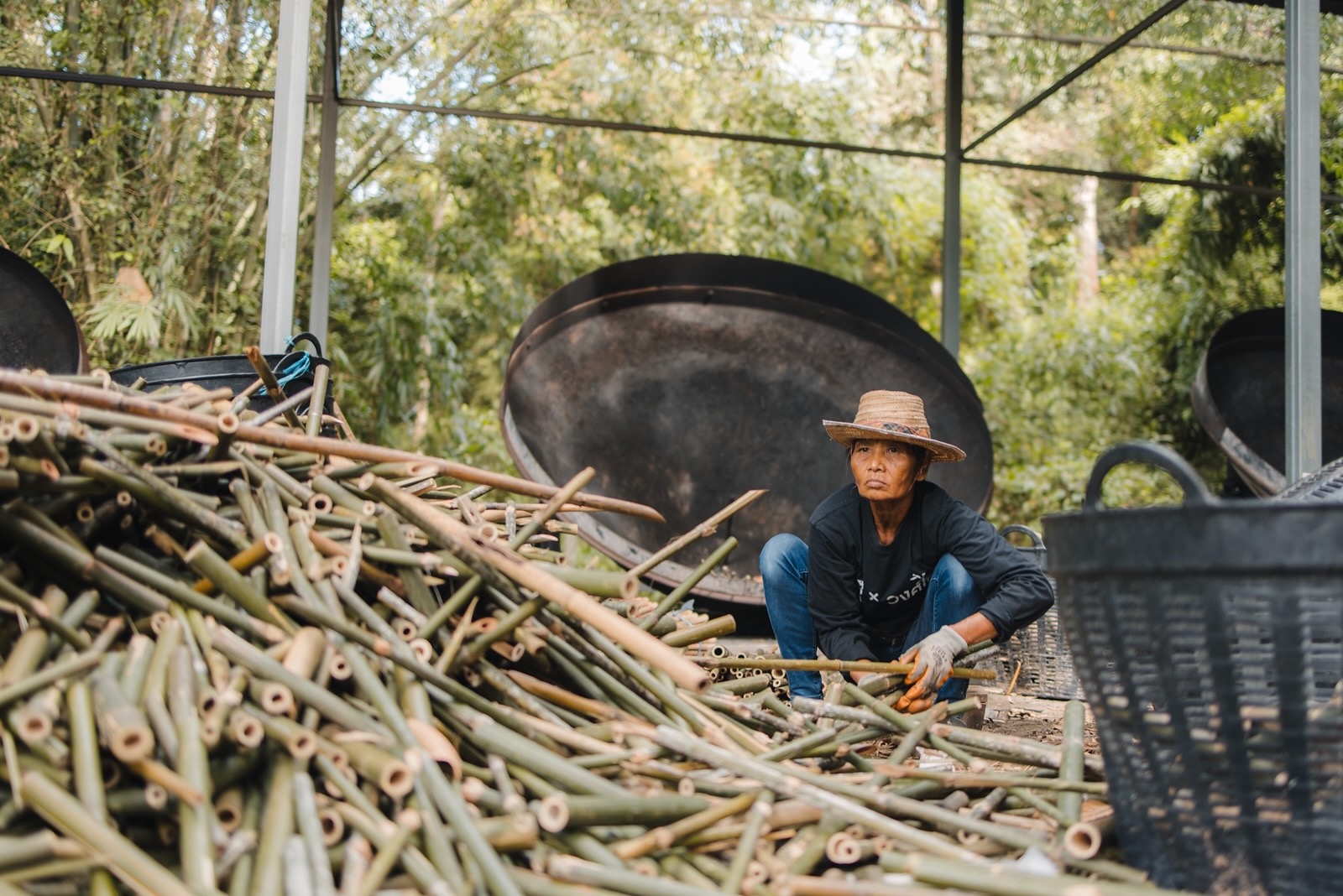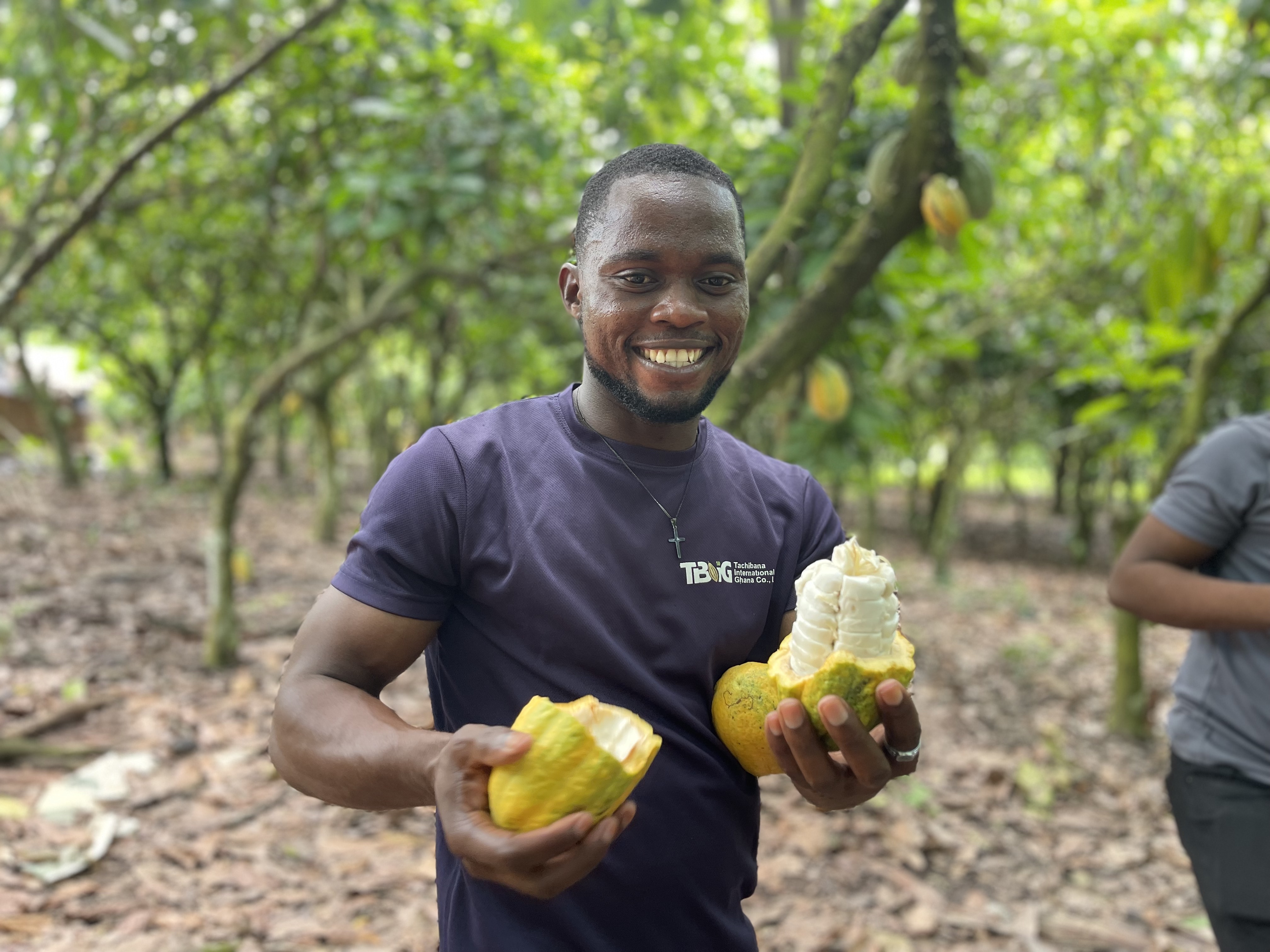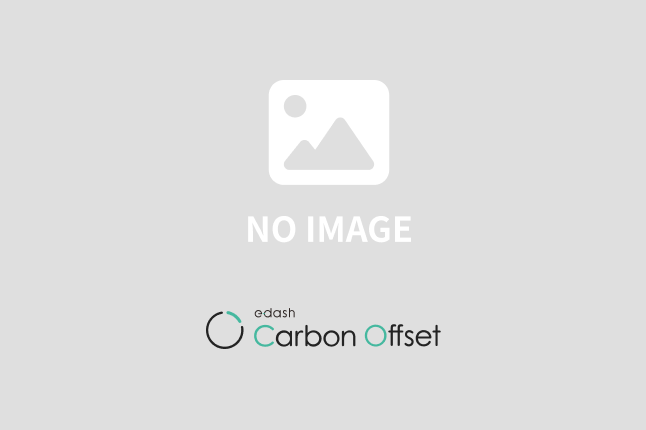Transformando la Zoca en Biochar
Artisanal Biochar
Biomass
プロジェクト概要
The Transformando la Zoca en Biochar project converts coffee tree pruning waste into biochar using Kon‑Tiki kilns. The biochar is applied on farms to create long‑lived carbon storage in soils, and the project is designed to help small coffee farmers increase income. It operates in Colombia with an initial focus on key coffee‑growing regions and plans to expand nationwide. Biodiversal S.A.S BIC manages the project and uses Planboo’s digital MRV to monitor biochar production and carbon sinks.
The project removes carbon by pyrolyzing coffee prunings into biochar so that a large share of the carbon becomes persistent aromatic carbon that can remain for millennia when produced to the standard’s H/Corg threshold. Without the project, this biomass would not form a long‑term carbon reservoir.
Production happens on producers’ land, and the biochar is applied there as a geological carbon sink. Farmers receive hands‑on training to operate Kon‑Tiki kilns and apply biochar on their fields. The project accounts for and compensates emissions: fossil CO2 is offset with permanent biochar sinks before registration, and methane from Kon‑Tiki units is compensated through the biochar’s semi‑persistent fraction and additional biomass cultivation, with ongoing monitoring.
The project is organized into C‑Sink Networks. Each network covers at least 110 hectares, and the design includes clusters of 110 Artisan Biochar Producers with a minimum of three clusters per year. The scale‑up plan targets broad expansion across major coffee departments in Colombia as networks increase over time.




